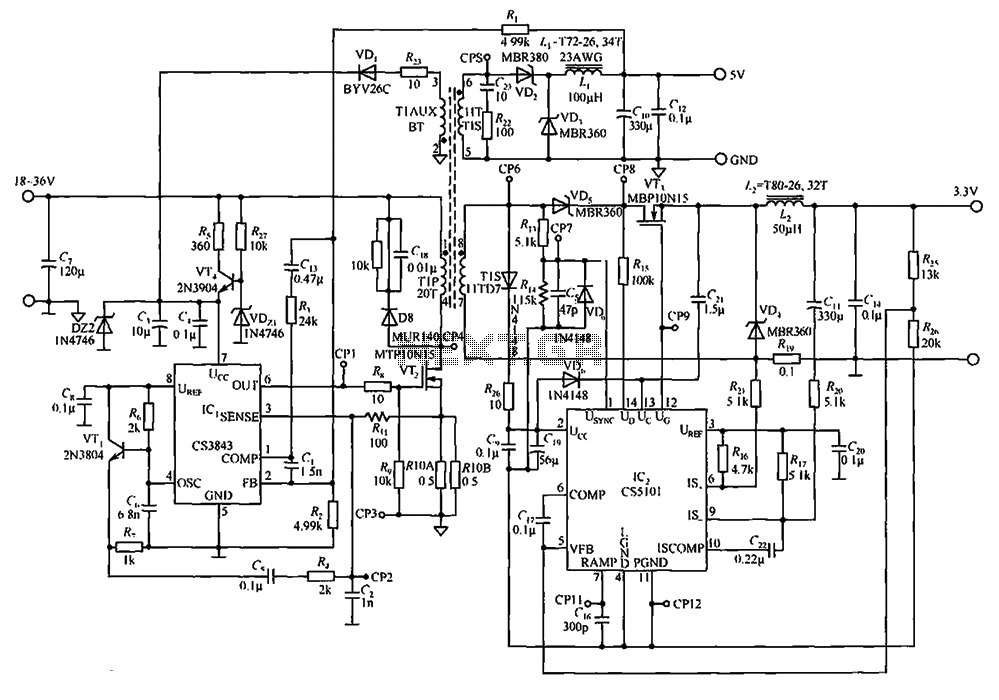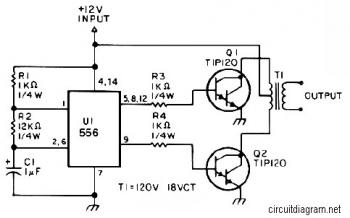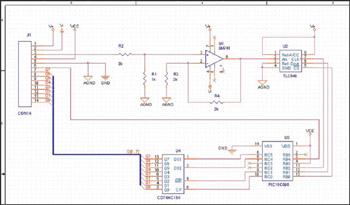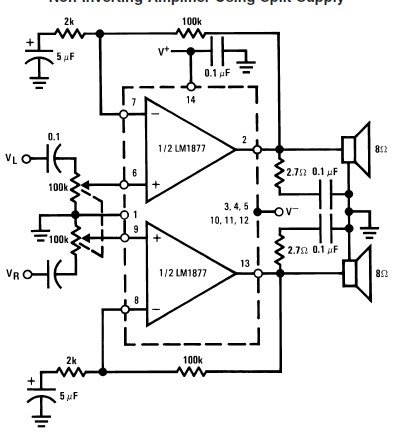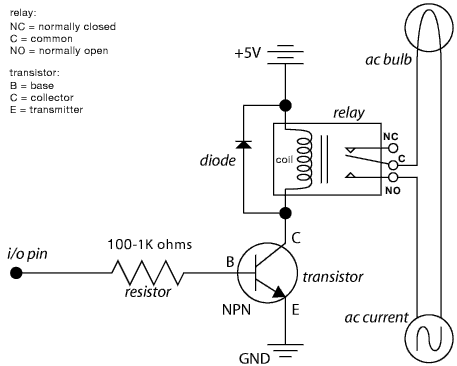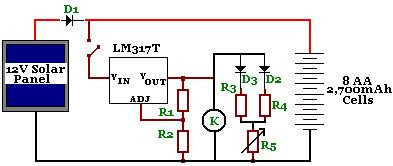
Modular power supplies on the increase
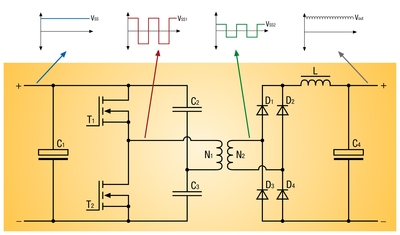
Modular power supplies are experiencing significant growth. The limitations in personnel for development engineers working on discrete solutions lead to increased costs, while readily available modules offer lower prices. Factors such as higher efficiency, easier certification, and the expertise of specialists contribute to this trend.
Modular power supplies are designed to provide flexibility and scalability in power management applications. These units can be easily integrated into various systems, allowing for customization based on specific voltage and current requirements. The architecture typically includes a modular design where power modules can be added or removed according to the load demands, facilitating efficient energy distribution and management.
One of the primary advantages of modular power supplies is their ability to enhance system efficiency. By utilizing high-efficiency components and optimized circuit designs, these power supplies minimize energy loss during conversion, which is crucial for applications requiring prolonged operation. Additionally, the modular approach simplifies the certification process, as individual modules can be tested and approved independently, reducing the time and resources needed for compliance with industry standards.
The availability of off-the-shelf modular power supplies allows developers to bypass the lengthy and costly process of designing discrete solutions from scratch. This not only lowers the overall project costs but also accelerates time-to-market for new products. The expertise of specialists in modular power supply design further ensures that these solutions are reliable, robust, and tailored to meet the demands of modern electronic systems.
In summary, the growing preference for modular power supplies is driven by their cost-effectiveness, efficiency, ease of certification, and the specialized knowledge that supports their development and implementation. This trend reflects a significant shift in the approach to power management in various electronic applications.Modular power supplies enjoy disproportional growth. Personnel limitations of development engineers for discrete solutions increase costs, while readily available modules feature lower prices. Aspects such as higher efficiency, easier certification and the experience of specialists support.. 🔗 External reference
Modular power supplies are designed to provide flexibility and scalability in power management applications. These units can be easily integrated into various systems, allowing for customization based on specific voltage and current requirements. The architecture typically includes a modular design where power modules can be added or removed according to the load demands, facilitating efficient energy distribution and management.
One of the primary advantages of modular power supplies is their ability to enhance system efficiency. By utilizing high-efficiency components and optimized circuit designs, these power supplies minimize energy loss during conversion, which is crucial for applications requiring prolonged operation. Additionally, the modular approach simplifies the certification process, as individual modules can be tested and approved independently, reducing the time and resources needed for compliance with industry standards.
The availability of off-the-shelf modular power supplies allows developers to bypass the lengthy and costly process of designing discrete solutions from scratch. This not only lowers the overall project costs but also accelerates time-to-market for new products. The expertise of specialists in modular power supply design further ensures that these solutions are reliable, robust, and tailored to meet the demands of modern electronic systems.
In summary, the growing preference for modular power supplies is driven by their cost-effectiveness, efficiency, ease of certification, and the specialized knowledge that supports their development and implementation. This trend reflects a significant shift in the approach to power management in various electronic applications.Modular power supplies enjoy disproportional growth. Personnel limitations of development engineers for discrete solutions increase costs, while readily available modules feature lower prices. Aspects such as higher efficiency, easier certification and the experience of specialists support.. 🔗 External reference
